Tomatoes Don’t Always Need Pruning – But These Steps Can Really Help Improve Airflow


Elizabeth is a Permaculture Garden Designer, Sustainability Consultant and Professional Writer, working as an advocate for positive change. She graduated from the University of St. Andrews with an MA in English and Philosophy and obtained a Diploma in Applied Permaculture Design from the Permaculture Association.
Reviewed By PETER LICKORISH

Peter is a Horticulture Lecturer and self-employed Horticulturist, with a passion for diverse areas of the industry - from garden design to the science behind plant growth and propagation. He has completed the Royal Horticultural Society’s Master of Horticulture (MHort) Award and lectures on RHS courses at Bedford College.
Contributions From EMILY CUPIT

Emily is a Gardening Writer, Photographer and Videographer from Derbyshire, UK. She is the Founder of Emily's Green Diary - a community of more than 75,000 people who share in her gardening journey.
IN THIS GUIDE
TOMATO GUIDES
Disposal
Feeding
Growing From Seed
Growing In Hanging Baskets
Harvesting
Problems
– Not Setting Fruit
Pruning
Yellow / Orange Varieties
– Roma
– Sungold
– Alicante
– Moneymaker
– Gardeners Delight
Tomatoes are not too challenging a crop to grow, but there are some things that are important to consider when growing them in order to achieve the best possible results.
Pruning tomato plants is one thing to consider.
You might not always have to prune tomato plants but there are a number of reasons why, for certain types at least, you might wish to do so.
Here are some basic things you should consider when thinking about how to prune tomatoes growing in your garden:
Do You Need To Prune Tomatoes?
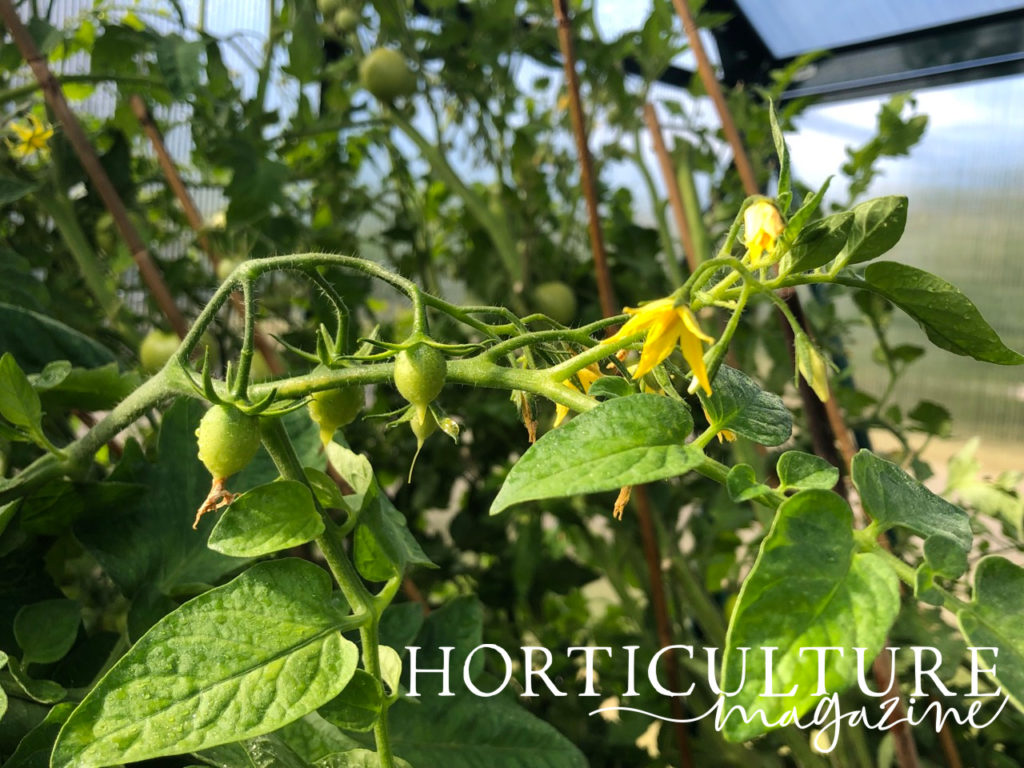
Tomatoes do not necessarily have to be pruned at all.
However, there are a number of reasons why, for certain types of tomatoes and at certain times, pruning can be beneficial.
Pruning can help make sure that plants have adequate airflow and are not overcrowded.1Tomatoes. (n.d.). Royal Horticultural Society. Retrieved March 27, 2023, from https://www.rhs.org.uk/vegetables/tomatoes/grow-your-own
It can ensure good quality fruits, keep your plants healthy and it may help you increase your yield of ripe fruits towards the end of the growing season.
Whether or not you will prune your side shoots will depend on which type of tomato you are growing.
Understanding Tomato Types
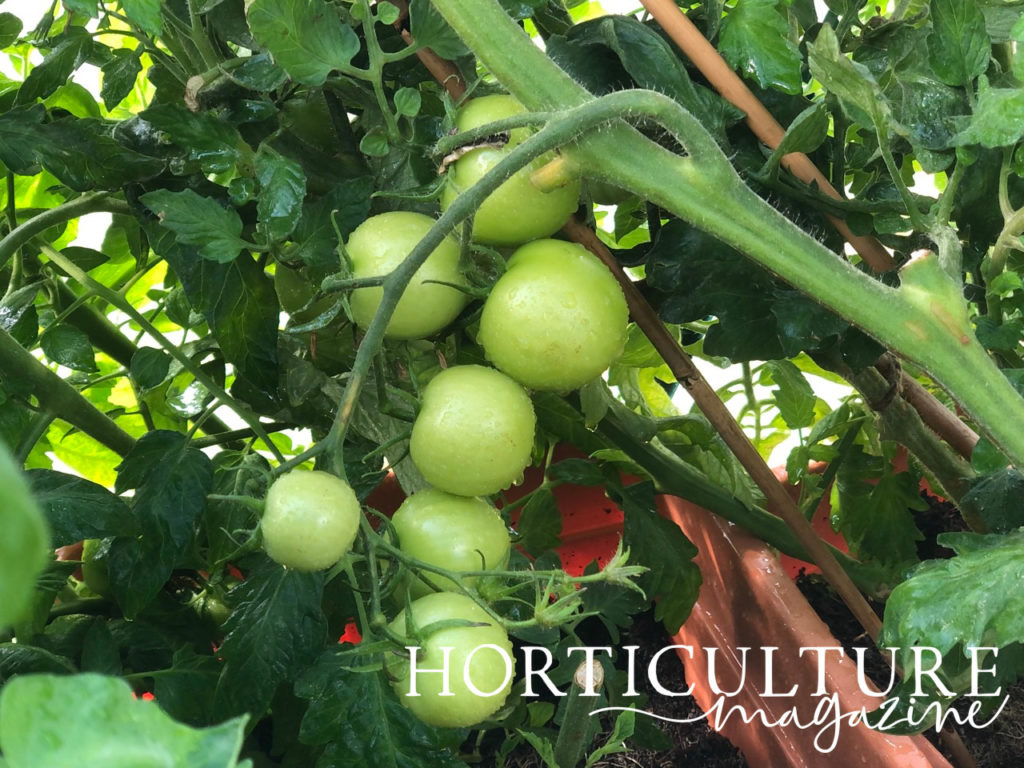
There are two main types of tomatoes that you might grow and which of these categories your tomato falls into will determine whether or not you should remove side shoots from your plants.
The first type of tomato is the indeterminate type, also known as vining, or cordon-type tomatoes.
These are tomatoes that grow on long vines, and continue to grow and produce tomatoes over a longer period.
The second type of tomato is the determinate type, also known as bush tomatoes.
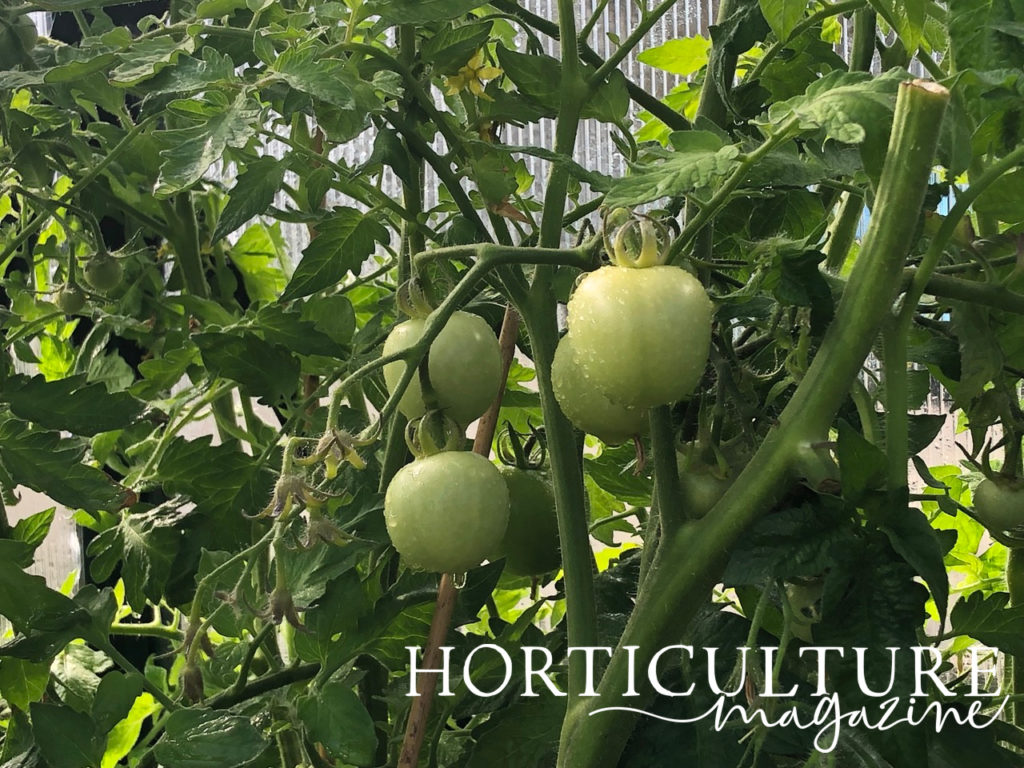
This type grows to a certain, smaller size and then produces its fruit over a shorter time period before tailing off in production.
Whether or not you prune side shoots from the plant will depend on which of these two options you are growing.
Cordon tomatoes should be pruned regularly, and side shoots should be removed whenever these form.
Bush tomatoes, on the other hand, should not have the side shoots removed and should largely be left unpruned, except, perhaps, for the removal of some lower leaves.
When To Prune Tomatoes
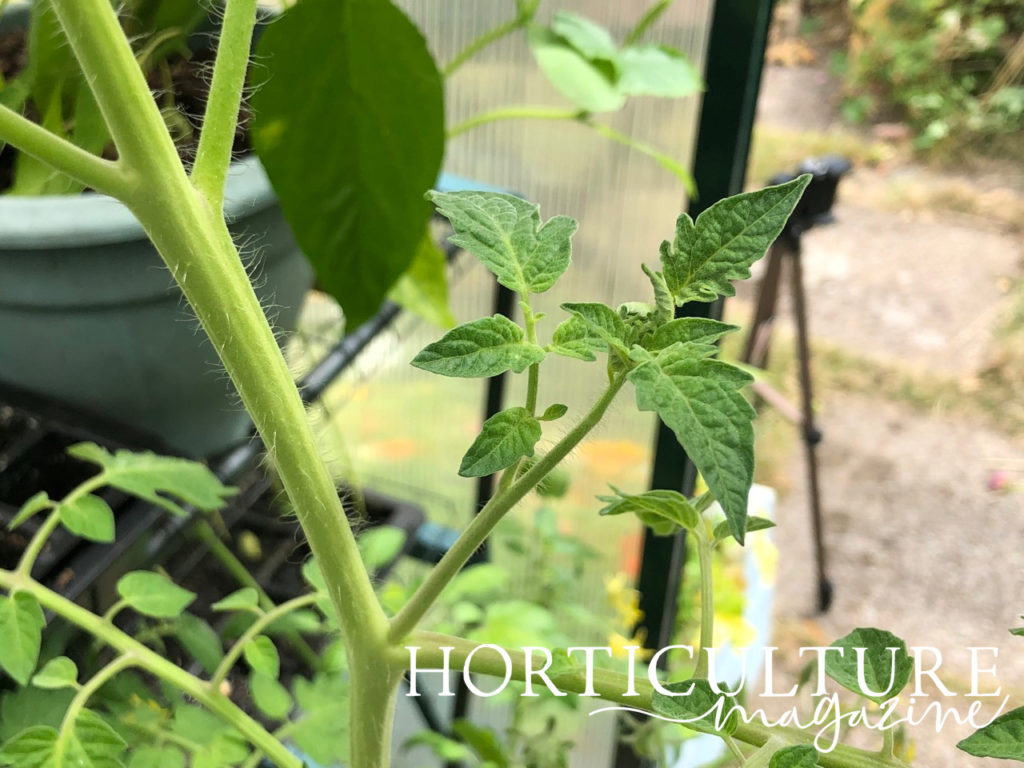
When you will prune your tomatoes will depend on a range of factors, but these are the key times to think about pruning.
During the growing period, side shoots should regularly be removed when these appear on cordon-type tomato plants.
These may grow and be nipped out any time from around May/June when tomatoes are planted out until you approach the end of the growing season.
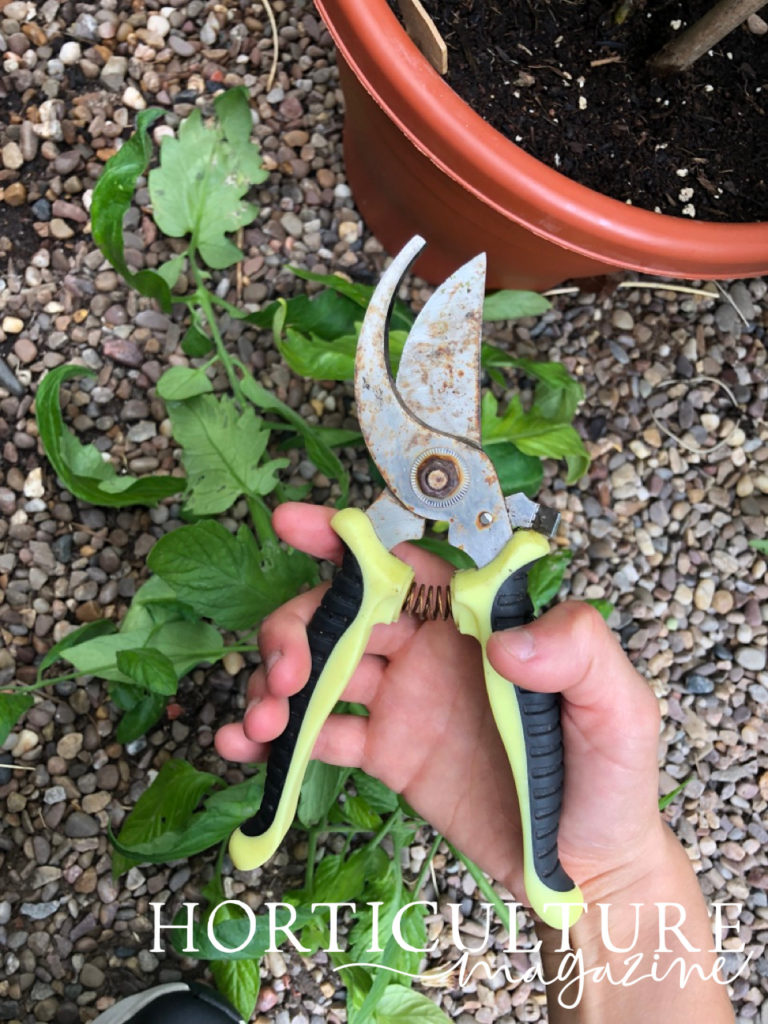
From around late July and through August, blight is a serious fungal issue that can attack tomato plants.
You can reduce the chances of this disease taking hold by pruning lower foliage from tomato plants around this time.
In September, as the end of the season approaches, you might also consider pruning lower foliage and removing flowers and very immature fruits to give remaining green tomatoes the chance to ripen.
Pruning Side Shoots On Cordon Tomatoes
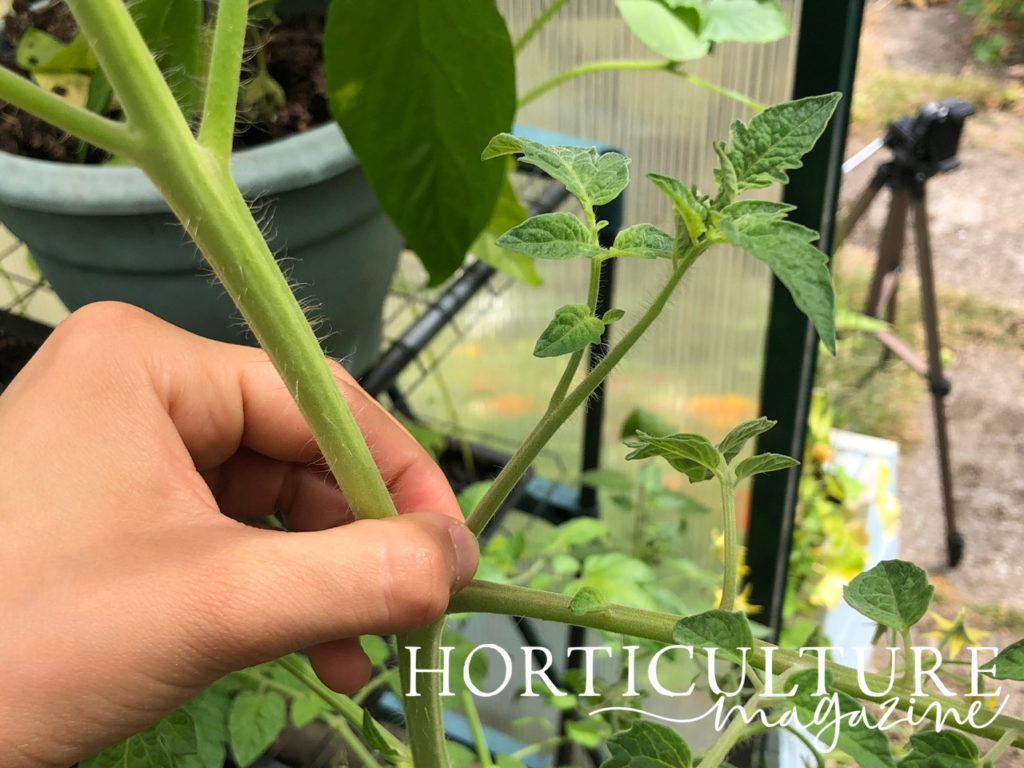
Side shoots or suckers appear where a leaf stem or branch meets the main stem.
If allowed to do so these will grow into new fruit-bearing branches, but allowing these side shoots to grow can weaken the plant, cause overcrowding and airflow problems, and reduce the quality of fruits on cordon tomatoes.
So whenever you see these small side shoots appear, you should nip these out with a finger and thumb before they grow too much larger.
“Tomatoes are surprisingly easy to grow from cuttings,” shares Master Horticulturist Peter Lickorish.
“Side shoots that are removed early in the season can be placed in a pot of free-draining peat-free compost under a propagator and usually root within a couple of weeks.
“If not a propagator, a transparent plastic bag, with a few holes, will do the trick.”
Your goal with this type of tomato is to keep them growing as a single stem up your supports.
This will mean there is almost a right angle between the main stem and any fruiting stems or leaves.
I like to check for side shoots whenever I walk past my tomatoes, to stay on top of this – since if you miss one, it can grow quickly and cause problems if it gets too large.
Removing Lower Foliage For Air Flow

Removing the lower foliage on cordon tomatoes, and sometimes on bush tomatoes too, can also be beneficial, especially as summer wears on and the blight season arrives.
Cutting off the lower leaves or simply pulling these from the plant carefully by hand can ensure that there is adequate airflow around the plants which can reduce the chances of various diseases taking hold.
Fungal spores can splash up onto lower leaves from the soil, spreading disease, so removing lower leaves can reduce this problem.
Pruning To Encourage Tomatoes To Ripen
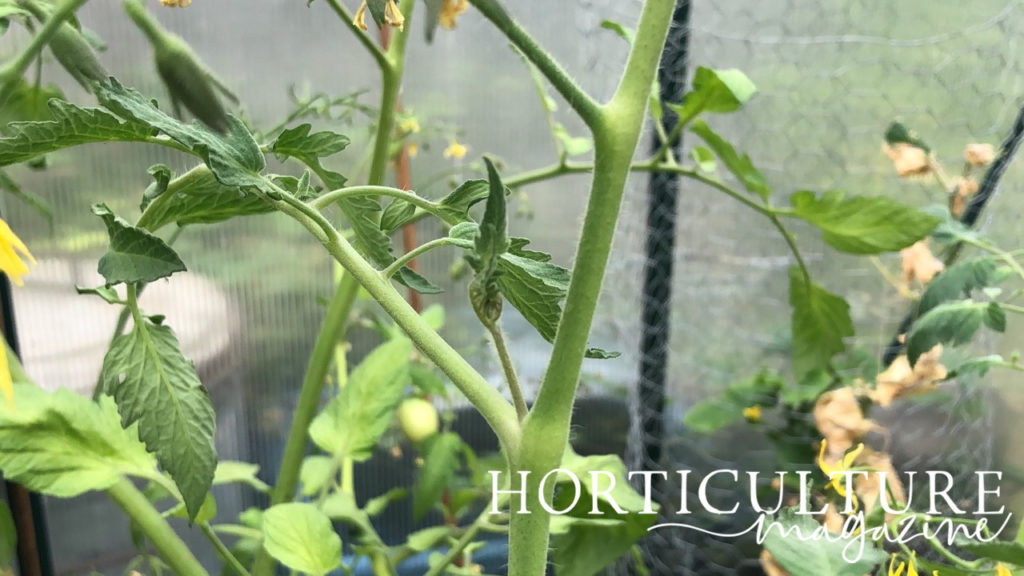
Finally, you might also like to consider, on cordon types, removing lower leaves, flowers and immature fruits that definitely won’t have time to ripen before the end of the growing season in late summer or very early autumn.
This can help ensure that the plant puts its energy into ripening remaining fruit, and could slightly increase the number of ripe tomatoes that you are able to harvest before colder weather arrives.
While not strictly essential, this last pruning phase might slightly increase yields and give you fewer green tomatoes to use up or ripen indoors at the end of the gardening season.
References
- 1Tomatoes. (n.d.). Royal Horticultural Society. Retrieved March 27, 2023, from https://www.rhs.org.uk/vegetables/tomatoes/grow-your-own
